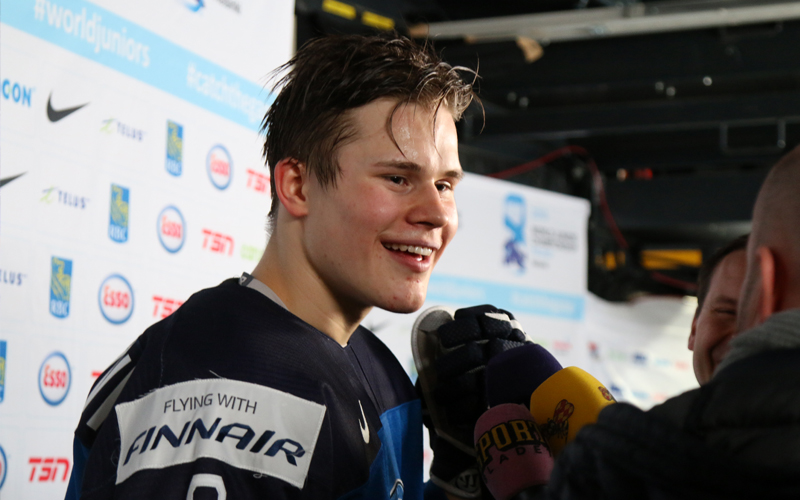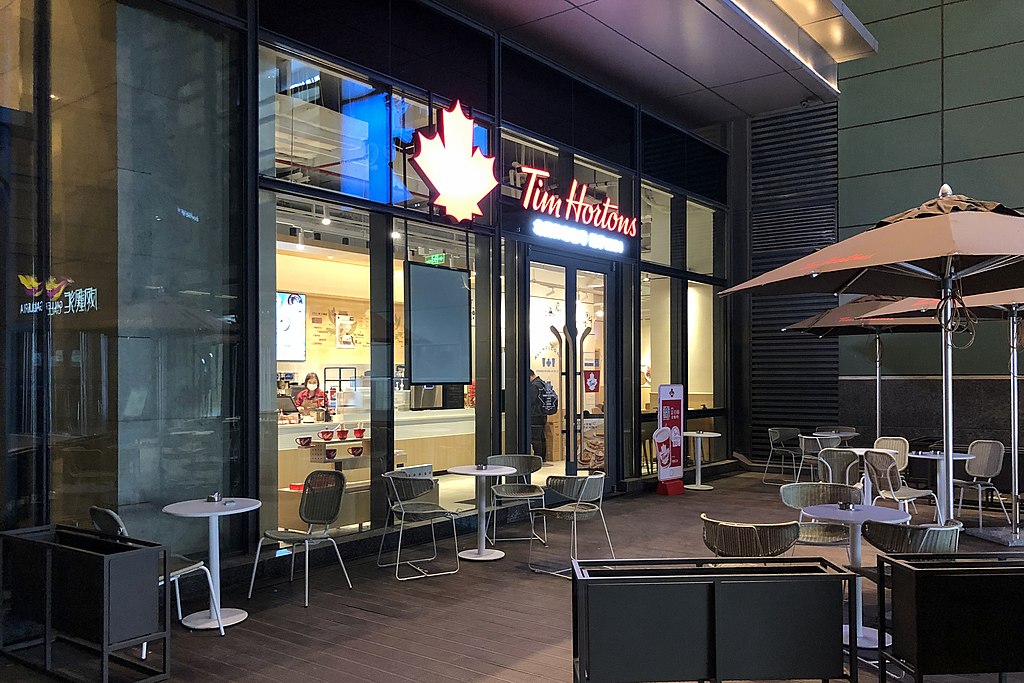By Alec Roberson
When non-US NHL players are traded from a Canadien team to an American team, that player must obtain a work visa with the United States Citizenship and Immigration Services (USCIS). NHL players visas in the United States is nothing new or unusual. But what does this mean and how does it work?
Non-US NHL Players Visa Process for an American Team
Anytime a foreign employee comes to the United States to work, he or she must obtain a work visa. This is no different for any NHL player. Most recently, the Edmonton Oilers traded Jesse Puljujarvi to the Carolina Hurricanes at the 2023 NHL trade deadline. He was not able to join the Hurricanes for their games in Arizona or Carolina due to visa issues. Puljujarvi is from Finland and has always played for the Oilers since entering the NHL. But he plays games in the United States all the time, shouldn’t his visa already be set? Well not exactly.
NHL Players Visas
There are many different types of work visas for employment in the United States. The different visas apply based on the type of employment as well as the duration of the employment. Specifically, NHL athletes usually fall into certain specific types of visas. Namely, these include P-1A, H-2B, B-1, and O-1A visas. Typically, the length of the visa coincides with the length of the contract. If the player wants to stay in the United States after completing his NHL tenure, he would look to apply for a permanent residence card or “green card” in the EB-1 category for “extraordinary ability.”
Typical Process in NHL
The process in the NHL is typically the same for every team. Usually in early July teams will send their players’ visa applications to the USCIS for processing. Typically, teams include proof of the player’s contract and statistics as supporting evidence for the visa petition. Ten to fourteen days is the typical turnaround time.
For Canadian players coming to the United States, that’s it. For European players, they have to visit the American consulate in their home country for an interview before proceeding. Russian players also need a Canadian visa. In the offseason, this is typically not a big deal. Likewise, United States based team trading an international player to another are not typically challenging as there is a 30-day grace period for an updated visa. However, as seen above, trades from a Canadian team to a United States team can be challenging.
P-1A Visa
P-1A visas apply to athletes coming to the United States to compete in specific competitions or events. These could apply to internationally recognized athletes, internationally recognized teams, or professional athletes. The last classification is what covers NHL players. Specifically, there are certain requirements for a professional athlete P-1A visa. A team that is a member of an association of six or more professional sports teams must employ the individual. That association’s teams’ total combined revenues must exceed $10 million per year. The association must govern the conduct of its members and regulate the contests and exhibitions in which they regularly engage. Any minor league team affiliated with such an association would qualify as well. The NHL fits this bill.
A P-1A visa can only last for the length of the event or competition but not to exceed five years. Extensions can be obtained. For the NHL, the season typically is set to end on June 30th. However, the player’s contract term is usually the length of the visa. If a player is traded, that player’s P-1A visa will also still apply as long as the new employer files Form I-129 with the USCIS within 30 days of the trade. These P-1A visas typically take three to six months to obtain but can be processed within 15 days if premium processing is purchased. This is a fairly common visa for NHL players. It is fairly straightforward and is common for someone like an NHL player.
O-1A Visa
O-1A visas apply to athletes coming to the United States who possess “extraordinary ability.” These visas provide greater flexibility as they are effective initially for up to three years with extensions available in one-year increments. While the O-1A visa may be more flexible, it also can be more difficult to obtain because the USCIS has more subjective leeway in making the approval determination. Additionally, for teams, each player generally needs to qualify for an O-1A visa for it to be available.
The O-1A visa can also remain valid if a player is traded as long as the new team submits Form I-129 to the USCIS within 30 days of the trade. The advantage to O-1A visas is they are usually quicker to obtain and typically take between three to 12 weeks to process. Again, paying a fee can expedite this. These may prove to be more beneficial down the road if the player wants to apply for a green card.
H-2B and B-1 Visas
H-2B and B-1 visas are not as common but may be used by NHL players. The H-2B visas are available to any non-agricultural workers coming to the United States on a temporary basis. The petitioner must show they need the employee on a temporary basis and there are not enough US based workers to fill the need. The big issue with H-2B visas is that there is an annual cap on available visas.
Meanwhile, B-1 visas apply to individuals coming to the United States for a certain event to which they will not receive compensation for consistent work. This applies for things like settling an estate or taking part in a contract negotiation. This does not provide work authorization. It typically lasts one to six months with an extension only available up to one year. This would not really work for an NHL player coming over for the season. It may work if a player comes to the US to do something like a hockey camp or something promotional.
Mid-Season Trades
The reason that these visas are not needed when a player plays for a Canadien team and travels to the United States for away games is that the United States is not considered his place of employment nor is the sponsoring team a United States-based team. This is why when a non-US player (or a player that does not have a green card) is traded from a Canadien team to an American one mid-season they have to obtain a US visa.
Likely Puljujarvi was working to obtain a P-1A visa (or maybe an O-1A) on an expedited process. The Hurricanes obtained him on February 28. With expedited processing you are looking at one to two weeks before he should be ready to go. It sounds like he was already clear and ready to go as of March 7, 2023. While many times teams work to help players obtain permanent resident status, a mid-season trade is likely looking at getting the player with the team as soon as possible. Many players move on to pursue ventures in the United States by obtaining a green card or citizenship.
Post image attribution by: Oonanur, CC BY-SA 4.0 https://creativecommons.org/licenses/by-sa/4.0, via Wikimedia Commons




